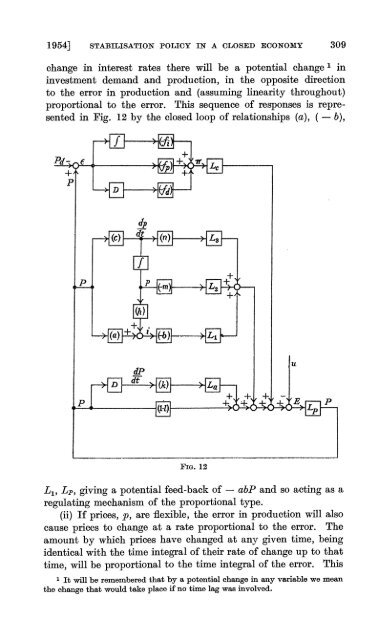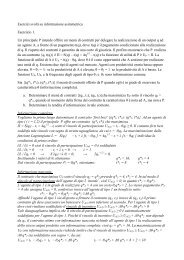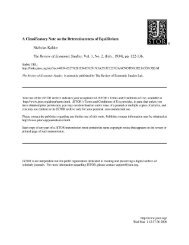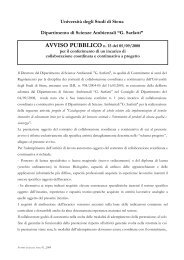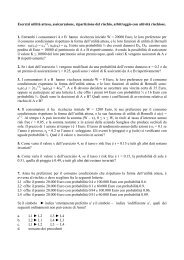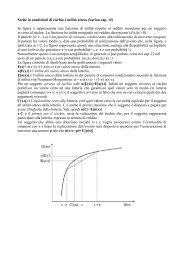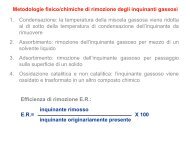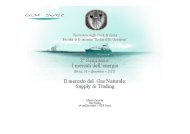Stabilisation Policy in a Closed Economy Author(s): A. W. Phillips ...
Stabilisation Policy in a Closed Economy Author(s): A. W. Phillips ...
Stabilisation Policy in a Closed Economy Author(s): A. W. Phillips ...
Create successful ePaper yourself
Turn your PDF publications into a flip-book with our unique Google optimized e-Paper software.
1954] STABLISATION POLICY IN A CLOSED ECONOMY 309<br />
change <strong>in</strong> <strong>in</strong>terest rates there will be a potential change 1 i<br />
<strong>in</strong>vestment demand and production, <strong>in</strong> the opposite direction<br />
to the error <strong>in</strong> production and (assum<strong>in</strong>g l<strong>in</strong>earity throughout)<br />
proportional to the error. This sequence of responses is repre-<br />
sented <strong>in</strong> Fig. 12 by the closed loop of relationships (a), (b),<br />
Pd-<br />
+<br />
+<br />
(>~~-b Ls<br />
dP<br />
D dt (k) L_a.<br />
p ~ 1)+ + 4+ELP<br />
FIG. 12<br />
L1, Lp, giv<strong>in</strong>g a potential feed-back of - abP and so act<strong>in</strong>g as a<br />
regulat<strong>in</strong>g mechanism of the proportional type.<br />
(ii) If prices, p, are flexible, the error <strong>in</strong> production will also<br />
cause prices to change at a rate proportional to the error. The<br />
amount by which prices have changed at any given time, be<strong>in</strong>g<br />
identical with the time <strong>in</strong>tegral of their rate of change up to that<br />
time, will be proportional to the time <strong>in</strong>tegral of the error. This<br />
1 It will be remembered that by a potential change <strong>in</strong> any variable we mean<br />
the change that would take place if no time lag was <strong>in</strong>volved.


